Contents
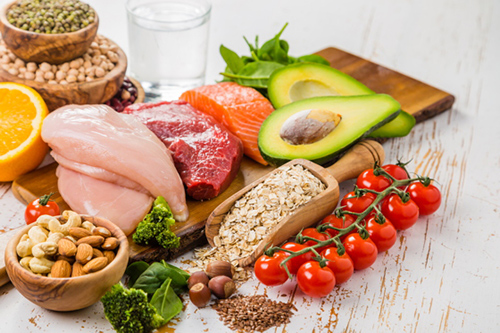
Chemical composition: Under the names niacin, PP factor, or vitamin B3, two equally active natural substances are included: nicotinic acid (this has nothing to with the nicotine in tobacco), which is present in vitamin B3 foods as well as plant-based foods, and nicotinamide, which is found in milk, eggs, fish, and meat.
Vitamin B3 sources: Foods provide niacin in either of these forms or both
- Performed niacin, which is found in foods in the form of nicotinic acid or nicotinamide.
- Transformed niacin by modifying tryptophan (essential amino acid) contained in food proteins. Tryptophan transforms in the body so that 60 mg of this amino acid becomes 1 mg of niacin.
Units of measure: The niacin content of foods is measured in mg of niacin equivalents (mg NE). This measure includes the performed niacin present in a food and that formed from tryptophan.

Vitamin B3 function: Intervenes as a coenzyme in cell energy production. It is necessary for body growth. Niacin from plant sources (nicotinic acid) reduces cholesterol levels. Niacin from animal sources (nicotinamide) does not have the same effect.
Vitamin B3 deficiency: Skin disorders (dermatitis, pellagra in advanced cases) and nervous system disorders (depression, anxiety).
Increased need: Periods of growth, pregnancy, skin, and nervous system disorders.
Loss during the processing of foods: Niacin is the most stable of all vitamins and deteriorates very little with heat, freezing, or long-term food storage.
Vitamin B3 Foods
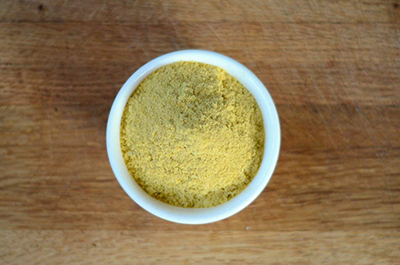
Nutritional Yeast
This deactivated yeast flakes powerhouse is one of the top vitamin B3 foods, with just 2 tablespoons offering a staggering 16.7 milligrams – exceeding the Daily Value (DV) by over 83%! Niacin in nutritional yeast fuels metabolism supports nervous system function and promotes healthy skin. Plus, it delivers a cheesy, nutty flavor that enhances various dishes. Sprinkle it on popcorn, pasta, or roasted vegetables, or blend it into sauces for a nutritious boost.
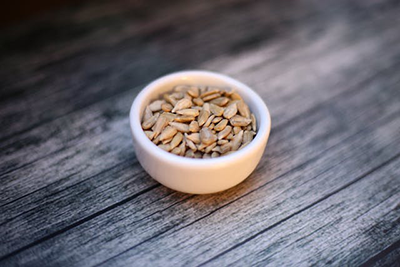
Sunflower Seeds
These tiny nutritional vitamin B3 foods pack a powerful punch. A quarter-cup serving provides 4.2 milligrams, translating to 21% of the DV. Niacin in sunflower seeds aids energy conversion, keeps your nervous system functioning smoothly, and contributes to healthy skin. Enjoy them as a snack, and add them to salads, yogurt parfaits, or trail mix for a satisfying crunch.
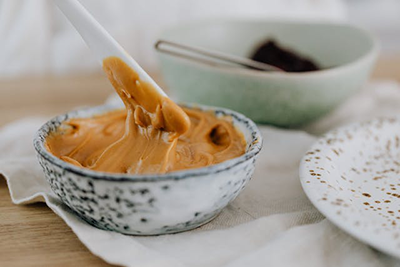
Peanuts and Peanut Butter
This dynamic duo is among the delicious and protein-rich vitamin B3 foods. Two tablespoons of peanut butter contain 3.8 milligrams, fulfilling 19% of the DV. Niacin in peanuts and peanut butter supports energy metabolism, nervous system function, and healthy skin. Spread peanut butter on toast, dip apple slices in it, or incorporate it into smoothies and sauces for a nutty flavor boost.
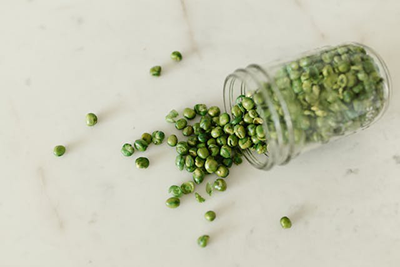
Green Peas
Don’t underestimate these rich vitamin B3 foods. A one-cup serving of cooked green peas delivers 3.6 milligrams of this vitamin, covering 18% of the DV. Enjoy them steamed, roasted, in stir-fries, or blended into soups and dips for freshness.
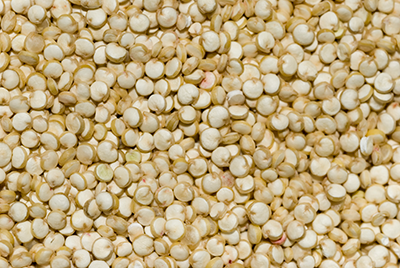
Quinoa
This ancient grain is not only among the top vitamin B3 foods, but it is also an ideal source of full protein at the same time. A cooked cup of quinoa provides 2.2 milligrams, contributing 11% of the DV. Enjoy it as a side dish, in salads or bowls, or as a gluten-free alternative to couscous or rice.
DISCLAIMER: All content on this website is presented solely for educational and informational objectives. You should not rely on the information provided as a replacement for advice, diagnosis, or treatment from a qualified medical expert. If you are pregnant, nursing, or have any preexisting medical concerns, you should talk to your doctor before using any herbal or natural medicines.
REFERENCES
- George D. Pamplona-Roger, M.D. “Encyclopedia of Foods and Their Healing Power.” George D. Pamplona-Roger, M.D. Encyclopedia of Foods and Their Healing Power. Trans. Annette Melgosa. Vol. 1. Chai Wan: Editorial Safeliz, 2005. 392. Print. [vitamin B3 foods]
- National Institutes of Health Office of Dietary Supplements: https://ods.od.nih.gov/factsheets/Niacin-HealthProfessional/
- Linus Pauling Institute – Micronutrient Information Center: https://lpi.oregonstate.edu/mic/vitamins
- Mayo Clinic: https://www.mayocliniclabs.com/test-catalog/overview/604987
